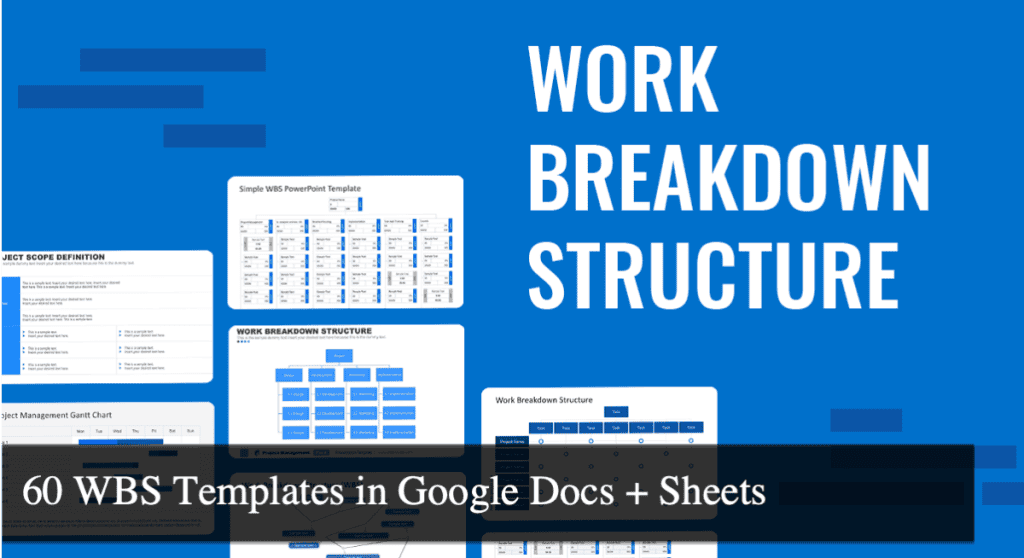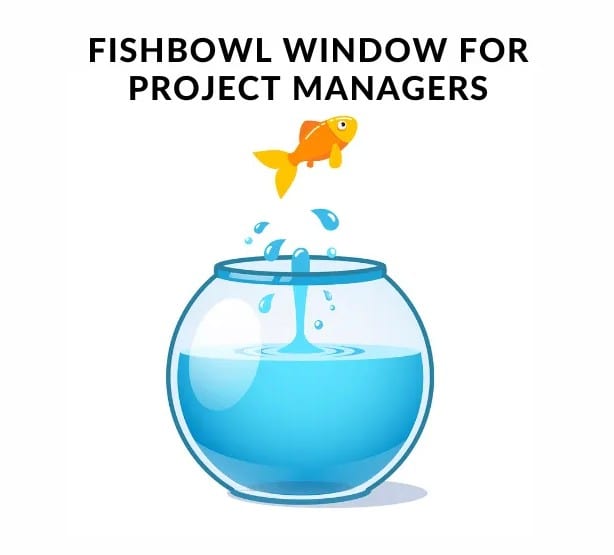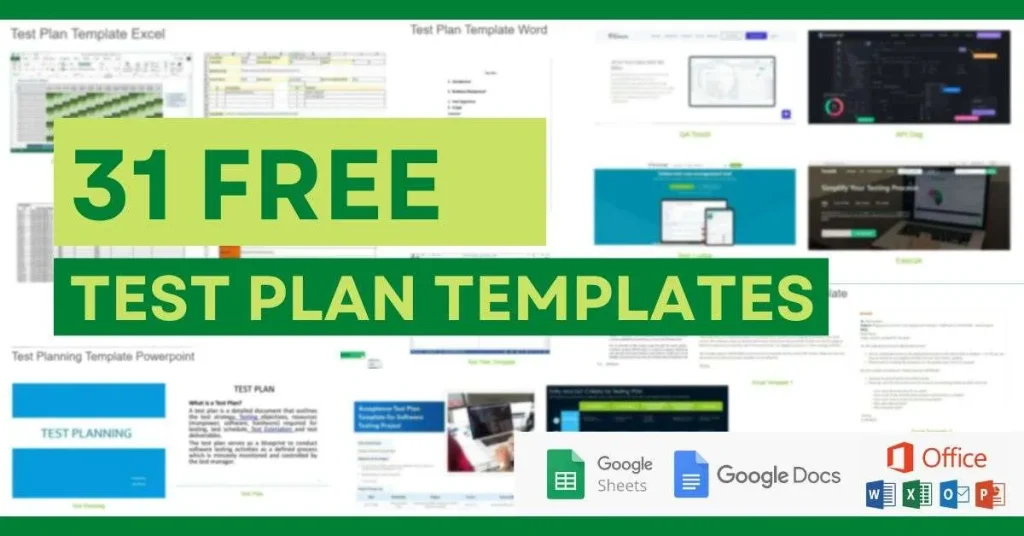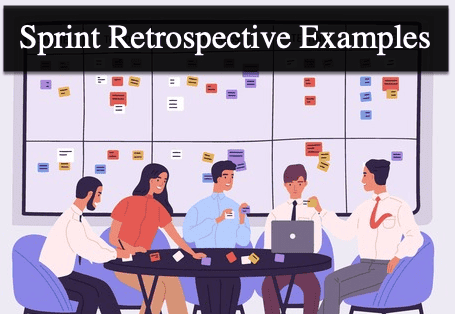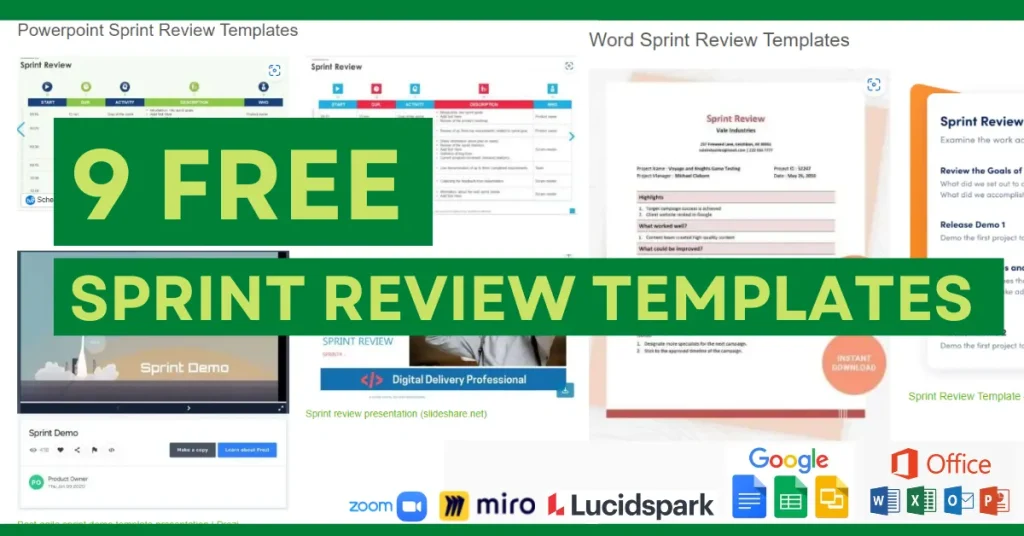Top 10 Cons & Disadvantages of WhatsApp
WhatsApp has revolutionized communication, bringing instant messaging to millions of users worldwide. Its user-friendly interface and extensive features have made
Top 10 Cons & Disadvantages of WhatsApp Read More »


